“Latakia goes flat after a few years, loses its flavor.” “Don’t age English blends too long, or you’ll be disappointed.” It’s a fairly common sentiment amongst some die-hard Latophiles. Smoke it up, because over time, that mixture that you once loved will cast little more than a murky shadow in the corner where once its former brilliance shined.
Those who have followed any part of my journey with smoking aged tobaccos will already know that I don’t agree with this, as I’ve often sung glowing praises of very old tins whose contents would be considered lost to decrepitude by those who cling tightly to this belief.
The other day, I received a note from Bryan (@bostonianpiper on Instagram). “Hey Greg, I’m a big fan of your blends. Gaslight, Maltese, Quiet Nights and Six Pence being my favorites. I wanted to reach out and see what your stand is on cellared English blends? Is five years the maximum before the latakia starts to degrade? That seems to be what I find from reading around online. What’s your experience with aging them? Is there a window of time I should be shooting for?”
Like so many pearls from the Codex of the Pipedom, there’s no simple answer. I’ve read the “X-year,” thing (with X being anywhere from two years to twenty) so many times it makes me a little crazy. Much depends on what a particular smoker likes, of course, but there’s also the overall composition of the blend to consider. Enter one of my inevitable comparisons to the world of wine. Some wines are made to age gracefully, evolving over many years into something more interesting, more complex, more balanced and harmonious than when originally bottled. Others are made to be enjoyed in their youth, and a little too much bottle age will find them old and fatigued, sometimes even unpalatable. Tobacco blends can lead similar, though hopefully less melodramatic lives.
Some smokers like the more assertive qualities that latakia presents in its youth, and for them, the “X-year” adage may well hold some hard truth, but the overall aging characteristics of any mixture depends as much, if not more, on the other tobaccos incarcerated in the tin with the dark stuff, and how the mixture was originally conceived.
Latakia does soften somewhat over time, for sure, and even a couple years in the tin can noticeably blunt some of its sharper edges, but that’s not necessarily a bad thing. In a greater sense, though, it’s not losing its flavor so much as its flavor is integrating more fully into an increasingly complex mélange created as the other tobaccos in the mix evolve. Virginias, for example, develop more rich and often more intense flavors as they age, as do most orientals. If the same mixture is smoked young and well-aged side by side, the latakia might seem duller in the aged version, but some of that is simply that the other components are presenting more assertive notes. If a mixture is well crafted from the outset, it should keep its composure as these changes take place, and there’s no reason it can’t be enjoyed for decades.
I wrote back to Bryan outlining this, adding that I fairly routinely smoke mixtures that are 20 to 30 years old, even older (a benefit of “cellaring” tobaccos for rather longer than I like to admit), and most of them are still amazing to this day.
He replied, “Thanks for putting things into perspective for me. It makes sense. Just because the Latakia softens doesn’t mean the blend is ‘dead.’ If a blend has good depth to begin with it really should become [more interesting] with age. I have smoked some really old Sobranie, and thought it was incredible, but didn’t really put two and two together until reading this.”
Glad to help! I realize I’m waving at the air to some, maybe most of you, but there are those who are new to the fold, so maybe it’s worth repeating. Taste is subjective. If you dig the experience of fresh latakia, and there’s certainly nothing wrong with that, you should smoke those mixtures within the first year or two. But, if greater depth and complexity is something you think you might enjoy, the vibrant lives of these tobacco can be much longer. The best thing to do is to explore the evolution of some of your favorite mixtures over time, and see what your tastes tell you.
A few “over-the-hill” tins from the collection of the author. (Photo by G.L. Pease)
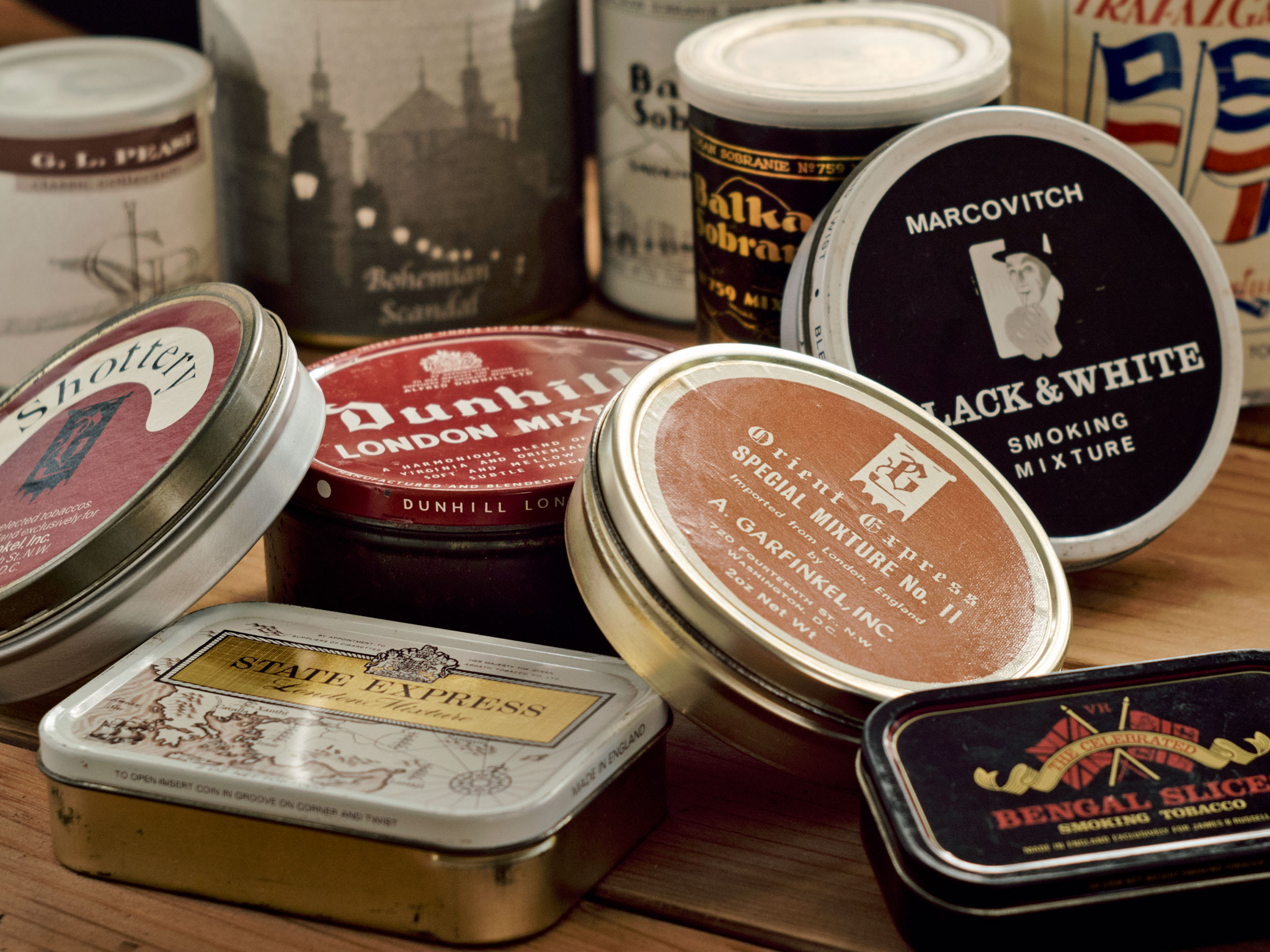
Gregory L. Pease's Pipe Smoking lifestyle meanderings for July 2021







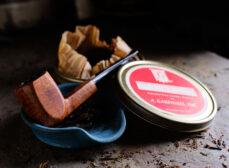
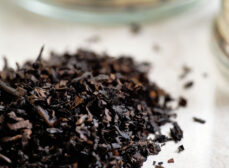



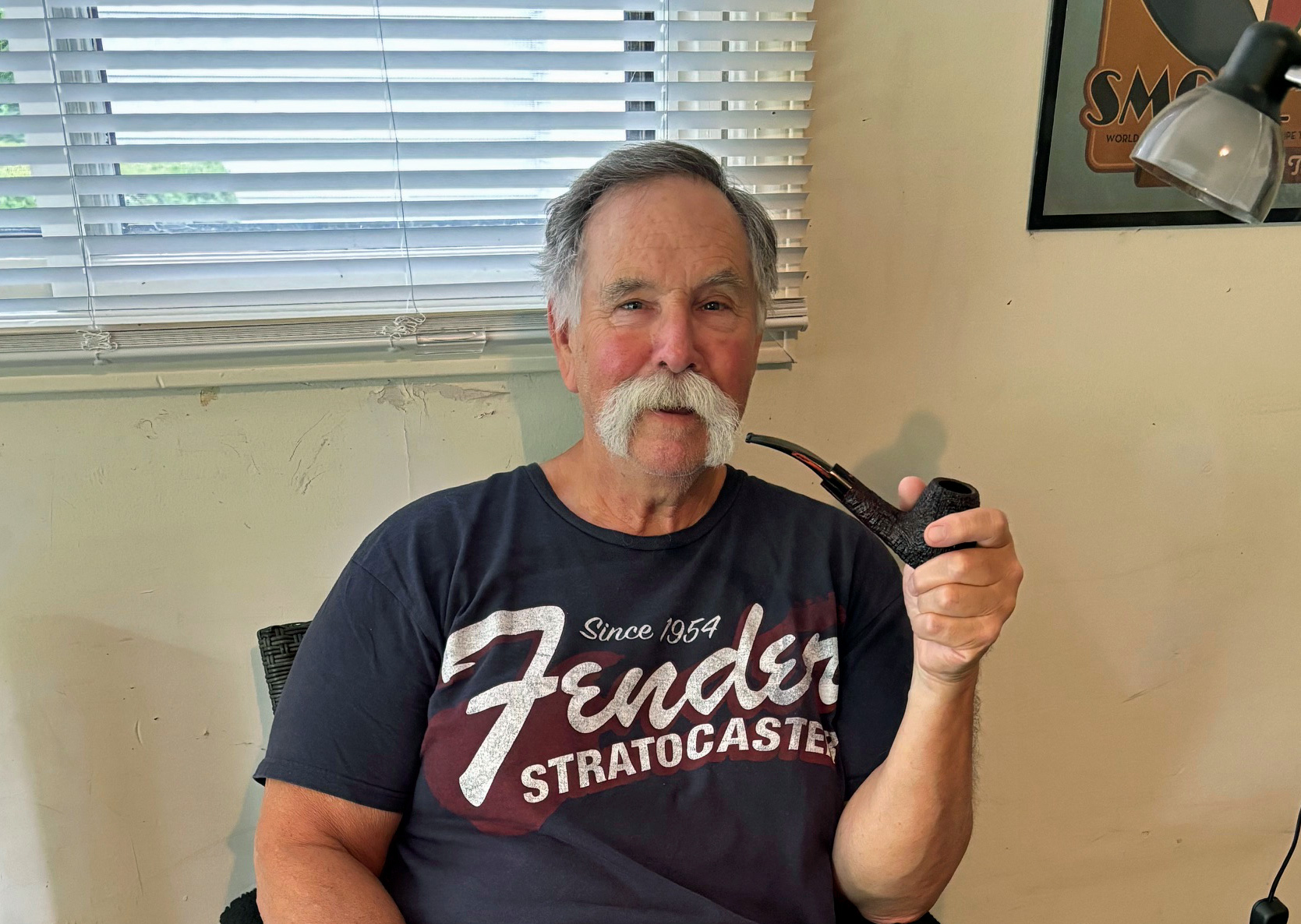
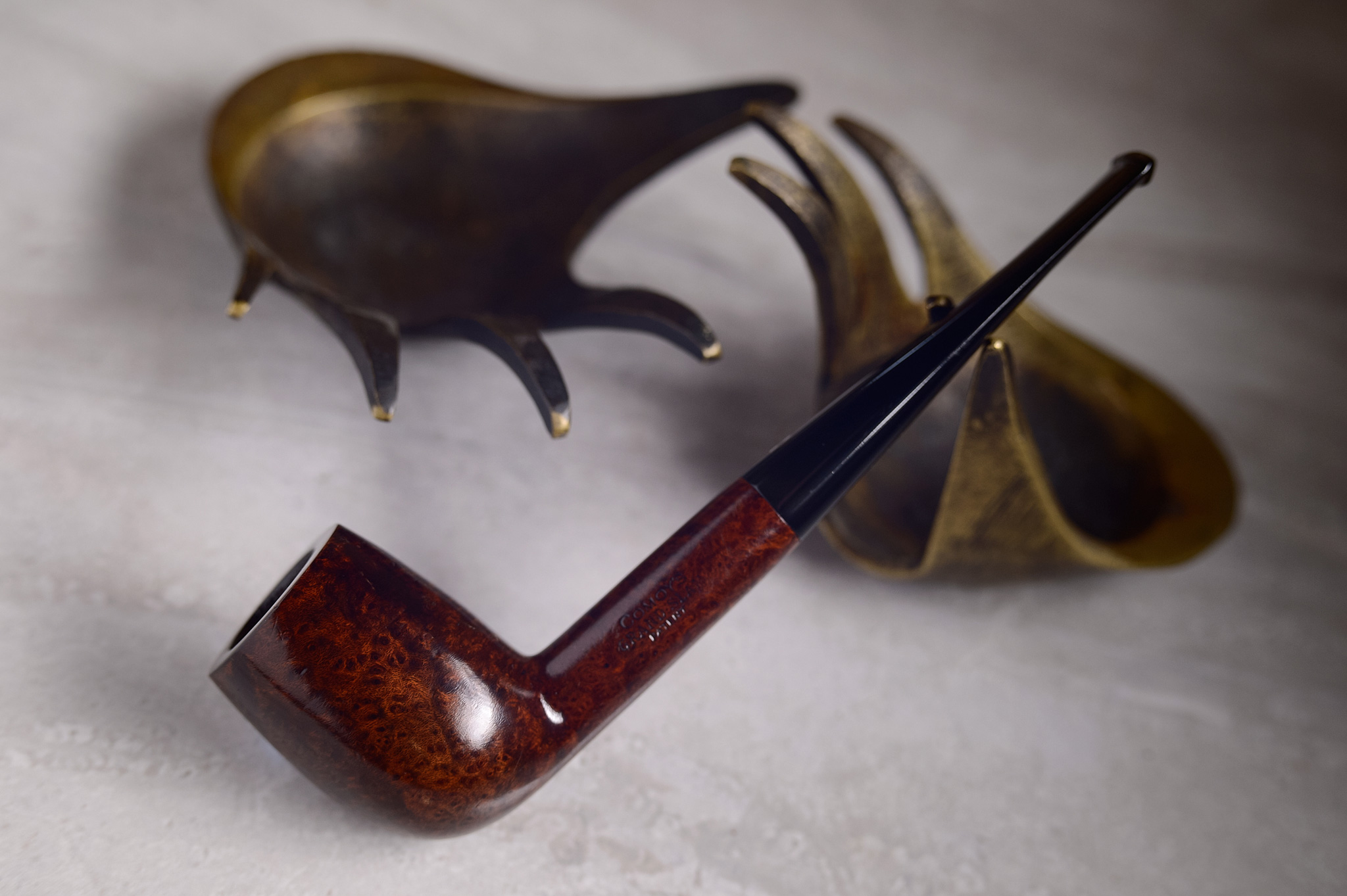


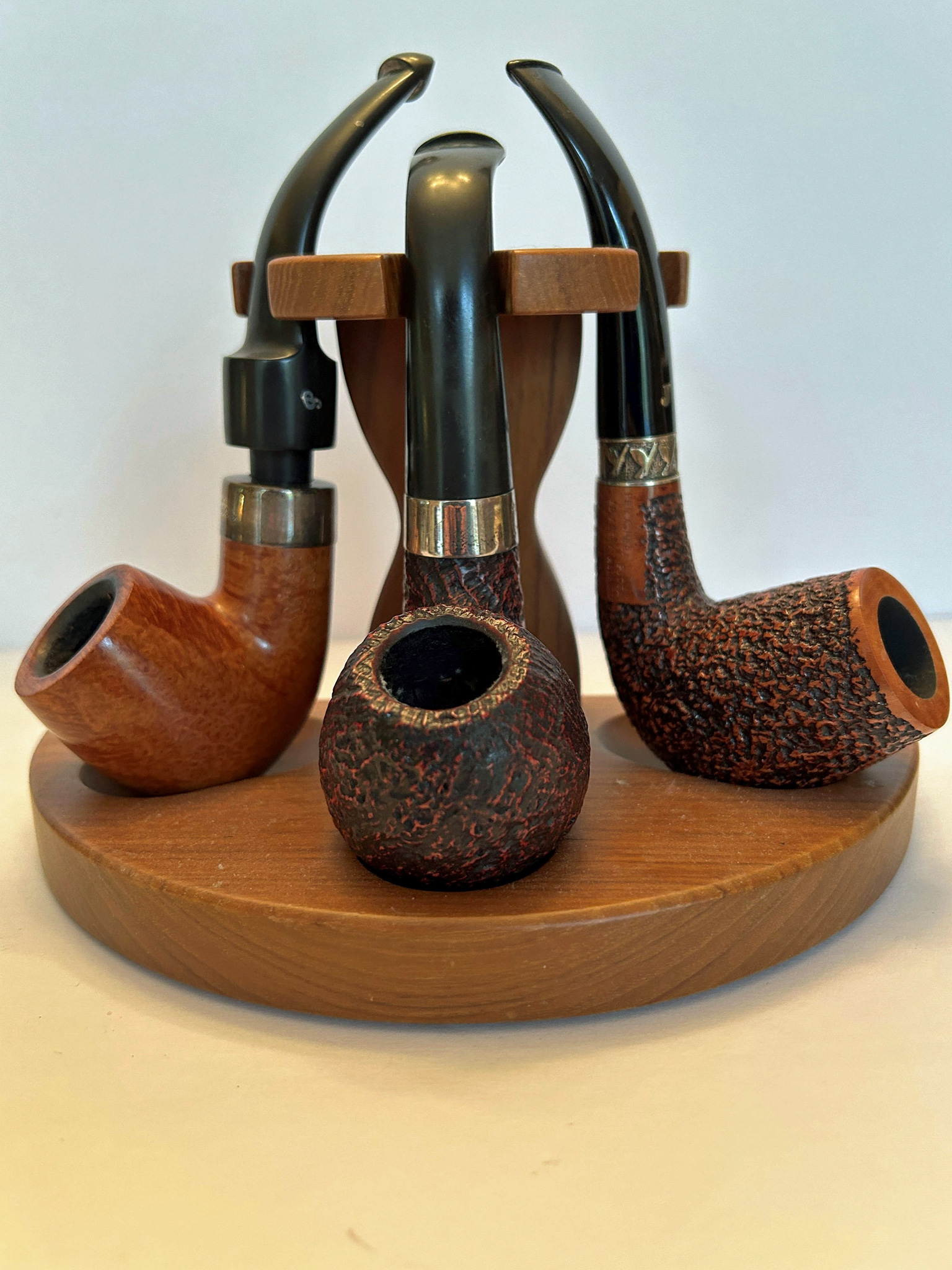
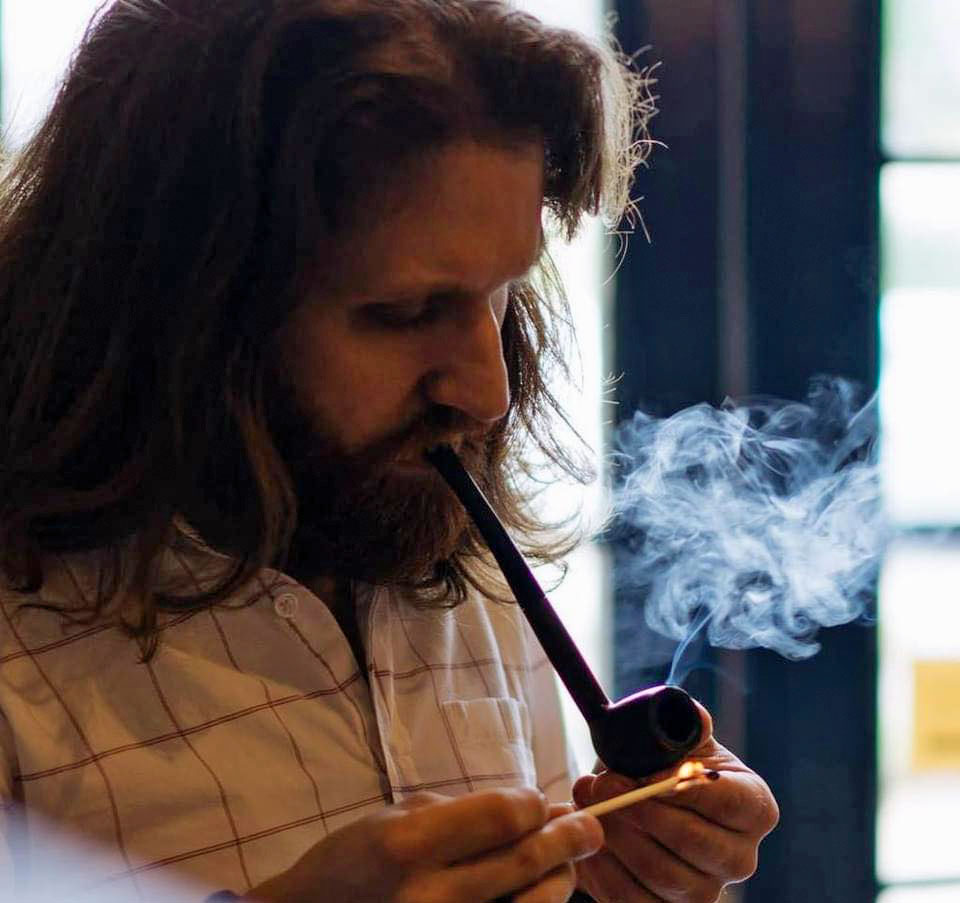



I had a tin of premium pipe tobacco with Lat in the blend that I kept unopened for a few years, and when I popped it, there was distinct Lat in the first few bowls, and then it disappeared. I bolstered the rest of the tin with condiments, though I didn’t try to replace the Lat, but the blend definitely changed after opening.
Glad you’re back, Greg ❤️?
Me too, Kyle. Thanks!
I do find old latakia doesn’t have as much punch. Though it seems to take on a creamy vibe and the herbal quality seems stronger and the smoke less. Honestly it’s one of those which is better, well both.
Nice old tins by the way.
With the medium English mixtures I like such as Squadron Leader, or even the lighter styles Like 7 Reserve, I find that 7 to 12 years of age hits a sweet spot. At that point the blends seem to come together harmoniously mixing the sweetness of the Virginias with the restrained Latakia and Orientals.
After 20 years or so, some of the more full flavored blends tend to get what I can only describe as a “muddy” taste. Like a wine that has passed it’s peak, there are no brighter notes left and no variety at all in the flavor.
I have two large plastic tubs of tins of lots of English-style tobacco, including a ton of Pease selections. I cracked open Westminster, Odyssey and Gaslight, all at 5 years of age, and they are darn tasty, not to mention a few non-Pease blends.
Greg, you are the master of all things in pipedom, particularly tobacco. Wonderful to read the way you tease out the subtleties of what a tobacco will do, and when and why.
I do love aged latakia blends. With some it is almost a magical/alchemical transformation, allowing new flavors to emerge and dance with the latakia, making whole new aromas. Thank you for returning and giving us these pearls of wisdom.
Amen, and thanks for another cogent article!